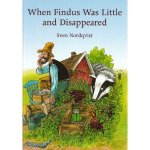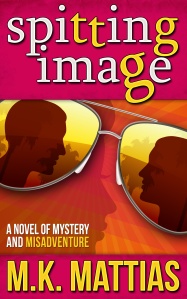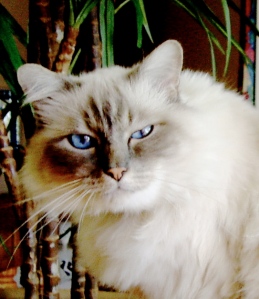While waiting for Simone Darling No. 2 to percolate (this time she’ll be somewhere cold, brrr), I thought I might dip my toes into the waters of Key West again for the re-release of Laurence Shames’ The Naked Detective. It should be obvious by now that I’m a big fan of Shames (see post below), so it’s no great surprise that I loved this new old book all over again.
In fact, once you’ve found your feet in Shames’ Key West world it is hard to see the island in the same light as before. Instead, you expect the place to be teeming with retired Mafia mobsters, rheumy Chihuahuas, runaway virgins, and other assorted misfits, just like Shames tells it. Shames transforms Key West takes into a very specific fictional world that is instantly recognizable as his creation and therefore predictable (in a good way)–and this is why his books make it onto my list of comfort reading, i.e., books I like to read over and over again.
Like comfort food, comfort reading is different for everyone, but books that create a fictional world that is somewhat–but not too much–removed from real life are the most common comfort reads. In a thread on mumsnet.com called “What’s your comfort book?” it is striking how many people nominate authors or a series by a specific author as their comfort reads, rather than one-off titles.
Yes, the nominated books might be riddled with murder, mystery, and adventure, but in a “cozy” kind of way, rather than a gritty, scarily realistic way–hence the preponderance of Agatha Christie and Dorothy L. Sayers on the list. Patricia Cornwall et al need not apply. (Not to say there aren’t any hardy souls who’d consider the Kay Scarpetta series a comforting read, but I don’t know any.) Not surprisingly, childhood favourites get a big mention, and, again, these are mostly series, or authors writing in a consistent voice.
Here is my unscientific and statistically dubious list of the most commonly nominated comfort fiction:
- Jane Austen
- Enid Blyton
- Barbara Pym
- Georgette Heyer
- Marian Keyes
- Dorothy L. Sayers
- Agatha Christie
- P. G. Wodehouse
- Harry Potter
- Jane Eyre
- Winnie the Pooh
- James Herriot
Yes, Winnie the Pooh and Enid Blyton make regular appearances on adults’ lists.
On an interesting side-note, a recent study suggests that children transitioning from one school to another choose to read books below their actual reading level, usually books they have read and re-read before: Comfort reading in times of stress. If this holds true, my son will be reading The Tomten by Astrid Lindgren until he starts high school . . .
My personal comfort fiction list includes Agatha Christie, P. G. Wodehouse, Georgette Heyer. And Jane Austen, of course. Wait, and John Mortimer, and David Lodge, and . . . okay, I’ll stop now. What are your favourites?












